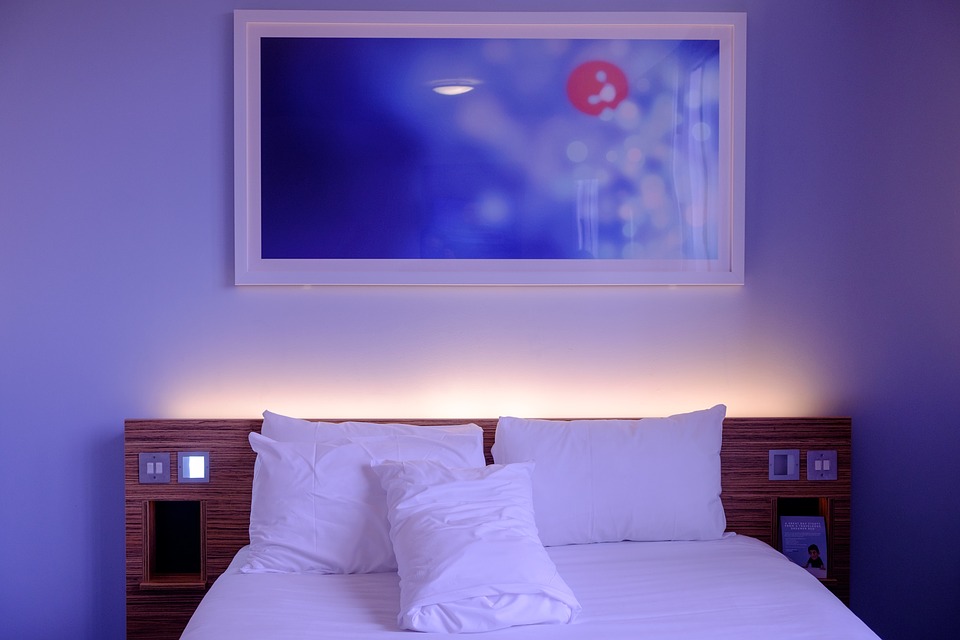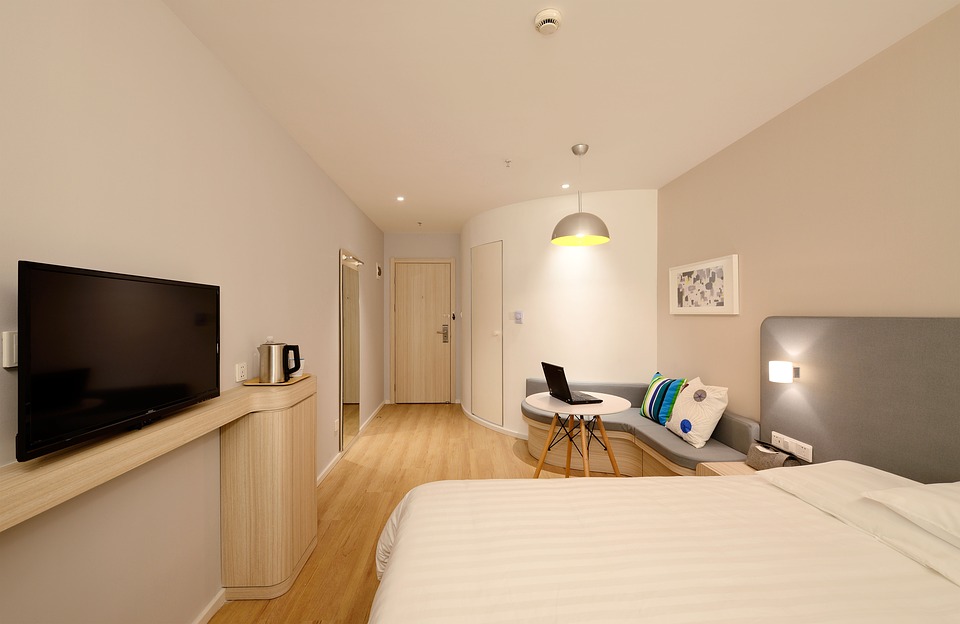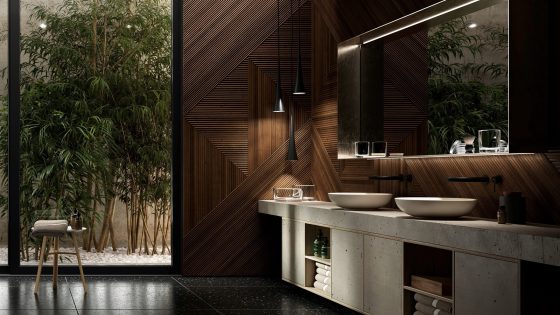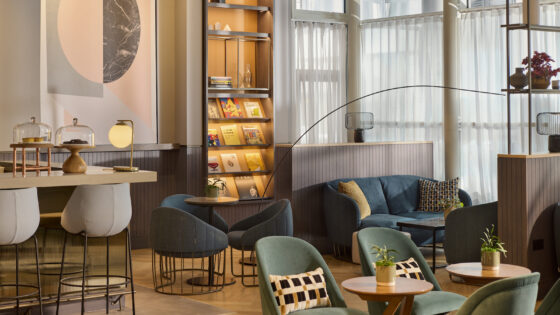Head of interior design and conservation at Nottingham-based Franklin Ellis Architects, Denise Ellis, who has worked with the firm for over 24 years, is a heavyweight in the hotel interior design industry.
Having worked with international brands though to independents including Hilton, DoubleTree by Hilton, Best Western, Holiday Inn, Holiday Inn Express and Staybridge Suites, Denise discusses the ever-changing sector and the changes that influence hotel interior design.

“The hotel sector has changed hugely since I began working for Franklin Ellis Architects. Whilst the firm and I have work on projects across a range of sectors, hotels are 90% of what I do and are my passion. Guests reactions to the interior of a hotel is driven by emotion and having worked on over 25 hotel projects, I have a clear vision of the type of emotions and responses I want to gain from people as they step over the threshold of a hotel for the first time.
“Each project is very different and the hotel industry is an extremely competitive and ever-changing market which means the owners are having to up their game and constantly renew their offering. Over the last 10 years, hotel design has changed considerably and this is down to the wider trends that affect our day to day lives; like how we communicate, how we spend our free time, technology and fashion. For example, you won’t find many (good) hotels that don’t have plenty of power points, phone charge ports and fast Wi-Fi in communal areas.
 “Unlike 10 years ago, most hotels, large or small, now strive to offer an intimate setting for its guests. Hotels are looking to create an experience that the customers will enjoy but also remember, so they return. Previously hotels were more of a necessity and while they did of course create spaces guests wanted to be, hotels were more focussed on formality and minimalism.
“Unlike 10 years ago, most hotels, large or small, now strive to offer an intimate setting for its guests. Hotels are looking to create an experience that the customers will enjoy but also remember, so they return. Previously hotels were more of a necessity and while they did of course create spaces guests wanted to be, hotels were more focussed on formality and minimalism.
“Today, most hotels try to create a home-from-home with a level of informality and relaxation to cater to a range of customers and their demands. Brands now have a wider food and drink offer to suit more informed palettes, state of the art gyms and spas are much more common place, more communal areas and break-out spaces have been created for people to work as well as quiet spaces for those who want to read or work in a more private setting.

“Hotels are investing much more than they used to in the restaurants and bars, doing all they can to attract not just guests to eat and drink in the hotel but to also non-guests.
“People expect more from their hotel visits now too, discerning customers like to have something to aspire to for their own homes such as high-end soft furnishing, quirky decoration and cool lighting for example. Hotel interior design must take on the many demands of today’s customers and create spaces that are not only functional but awe-inspiring and memorable.

“My inspiration comes from all around me. I believe the element that makes a hotel unique and interesting is its location and sense of place. I try to make sure that the interior design in some way reflects the community around to create an instant connection. Hotels, including large multi-nationals, are adding elements to the interiors that are relevant to that local are; be it paintings of local landmarks or items that are made locally, hotels want to integrate into its surrounding area and be a part of the local community.





